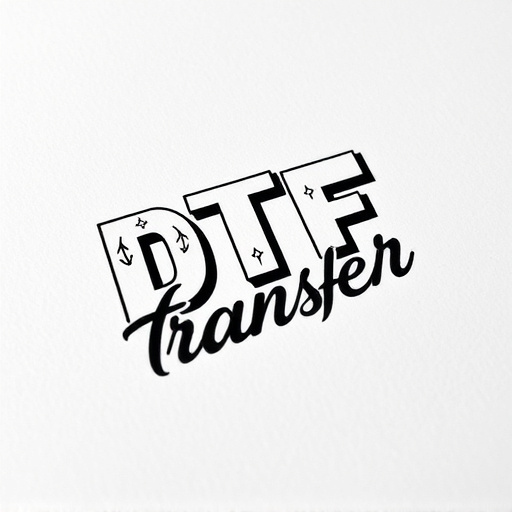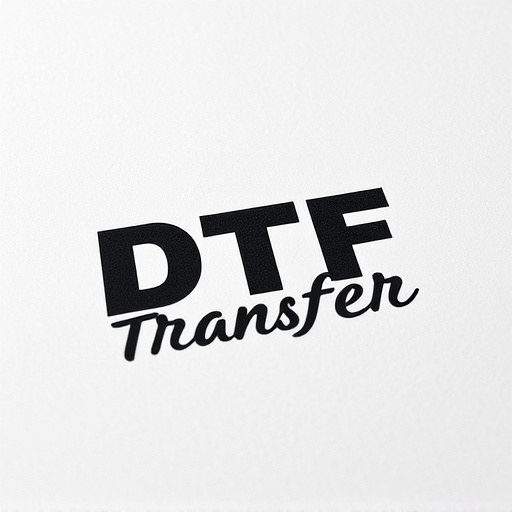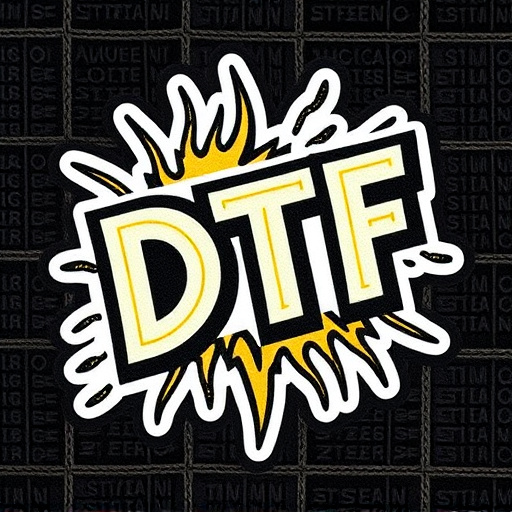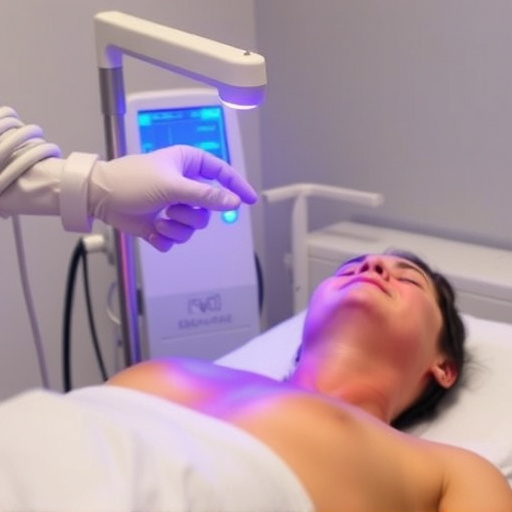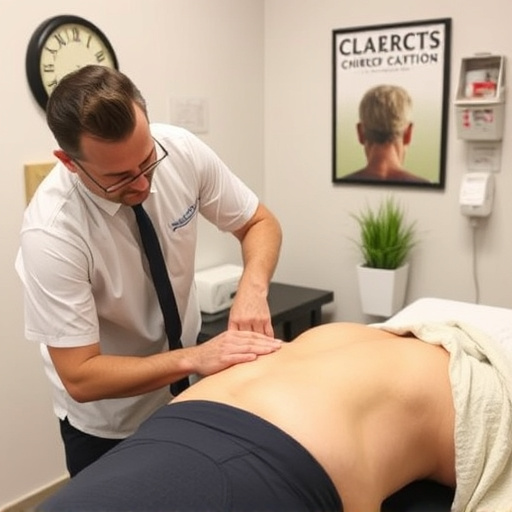Soft Tissue Shockwave Therapy (STST) is a non-invasive treatment using low-energy sound waves to heal muscles, tendons, and ligaments. Treatment plans are personalized based on age, health status, condition (e.g., sciatica), symptom severity, and goals. Therapists adjust energy levels, frequency, and target areas for maximum benefits, fine-tuning sessions through regular progress evaluations. This approach enhances safety, efficiency, and patient satisfaction, potentially reducing treatment time for musculoskeletal injuries or auto accident recovery.
Personalized protocols are key to unlocking the full potential of soft tissue shockwave therapy (SSTT). This innovative treatment has gained popularity for its ability to address a range of musculoskeletal conditions. By understanding the core SSTT protocols, customizing treatment plans based on individual patient needs, and optimizing session structures, therapists can ensure maximal benefits. This article delves into these essential aspects, providing practical insights for effective personalized SSTT sessions.
- Understanding Soft Tissue Shockwave Therapy Protocols
- Customizing Treatment Plans for Individual Needs
- Optimizing Session Structure for Maximum Benefits
Understanding Soft Tissue Shockwave Therapy Protocols
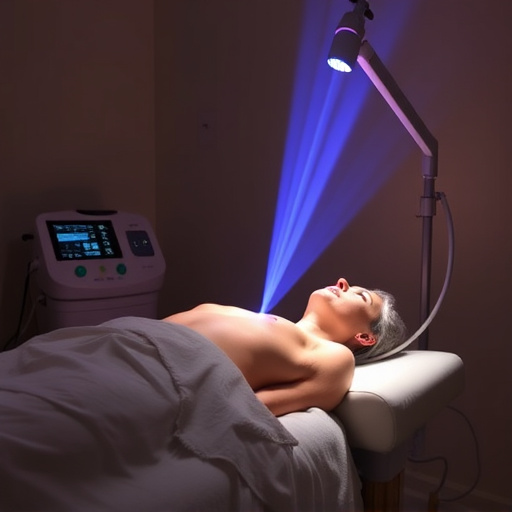
Soft Tissue Shockwave Therapy (STST) protocols are designed to deliver low-energy sound waves directly into damaged soft tissues, such as muscles, tendons, and ligaments. This non-invasive treatment modality has gained popularity due to its potential to accelerate healing and alleviate pain associated with musculoskeletal injuries. STST is often used as a complementary chiropractic treatment for conditions like lower back pain, offering an alternative to traditional pharmacological interventions or surgical procedures.
Chiropractic physicians tailor each STST session based on the patient’s specific needs. Protocols typically involve adjusting the energy intensity, frequency, and duration of shockwaves to target the affected area effectively. The treatment is usually painless, and patients often experience improved mobility and reduced inflammation following sessions. Understanding these protocols ensures that patients can make informed decisions about their healthcare, especially when considering alternative treatments for persistent musculoskeletal issues like lower back pain.
Customizing Treatment Plans for Individual Needs
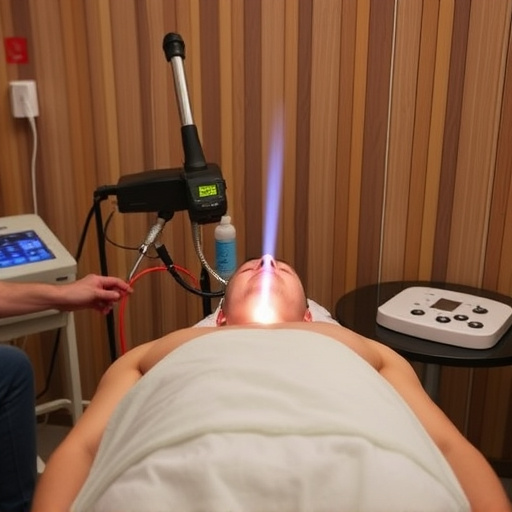
Personalized treatment plans are at the core of effective Soft Tissue Shockwave Therapy (STST) sessions. Every patient’s needs and conditions vary, necessitating tailored approaches to achieve optimal results. Healthcare professionals carefully consider factors such as the patient’s age, overall health, specific condition (e.g., sciatica relief, sports injury recovery, herniated disc treatment), and severity of symptoms before determining the appropriate STST protocol. This customization ensures that each session targets the exact areas requiring treatment, enhancing both safety and efficacy.
Optimizing Session Structure for Maximum Benefits

Personalized protocols are key to unlocking the full potential of soft tissue shockwave therapy (STS). Optimizing session structure involves tailoring treatment plans based on individual patient needs and goals. This may include adjusting energy levels, treatment frequency, and target areas to ensure maximum benefits. By incorporating advanced assessment techniques and regular progress evaluations, therapists can fine-tune each session for enhanced results.
For patients recovering from musculoskeletal injuries or auto accidents, a structured approach to STS can be particularly effective. Targeting specific areas of pain and scar tissue, shockwave therapy stimulates healing and regenerates soft tissues. A well-structured session plan ensures that these treatments are not only safe but also efficient, potentially reducing overall treatment time and improving patient satisfaction.
Personalized protocols are key to unlocking the full potential of soft tissue shockwave therapy. By understanding individual patient needs, customizing treatment plans, and optimizing session structures, healthcare providers can ensure maximal benefits for each unique case. This tailored approach not only enhances recovery but also positions soft tissue shockwave therapy as a game-changer in modern medicine.

